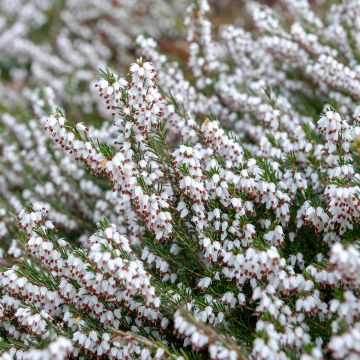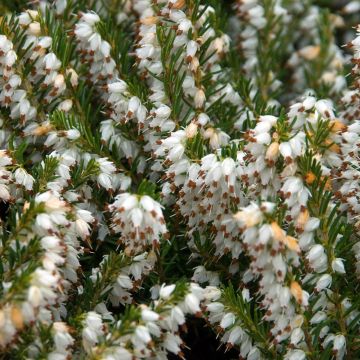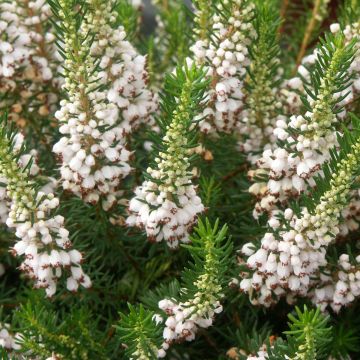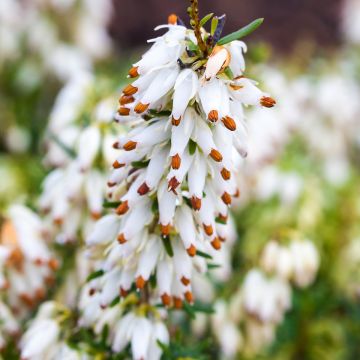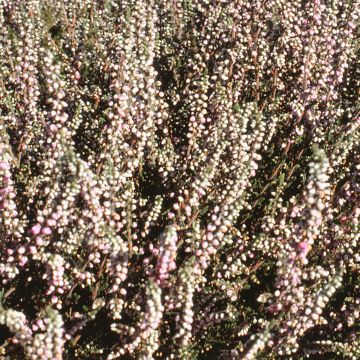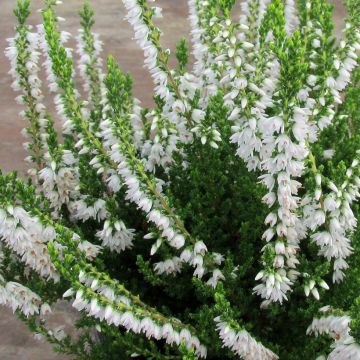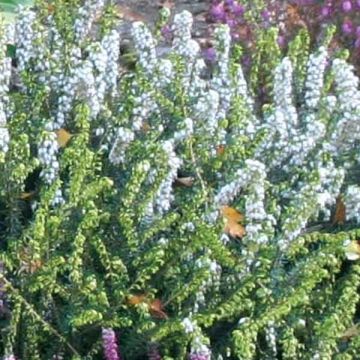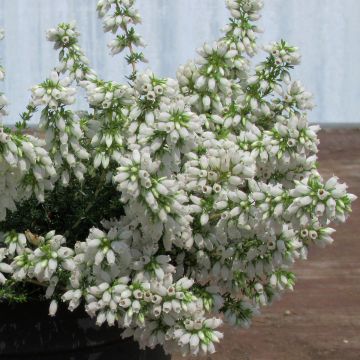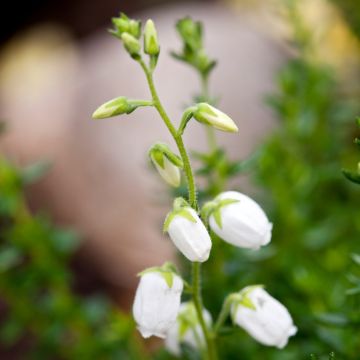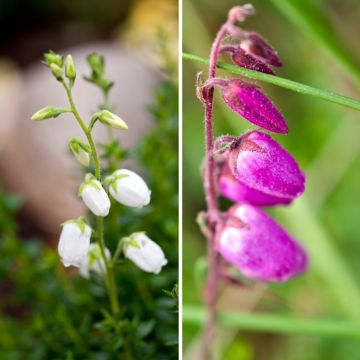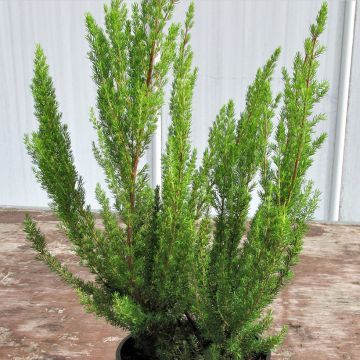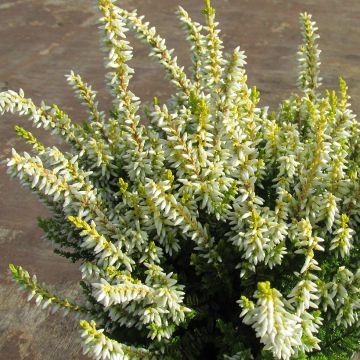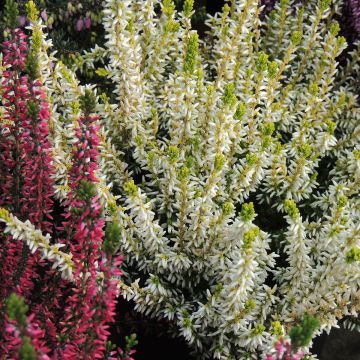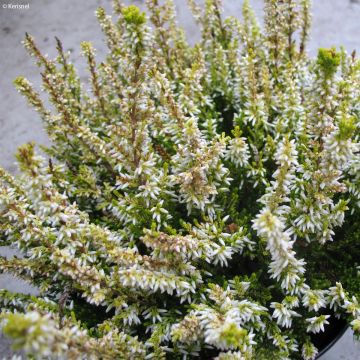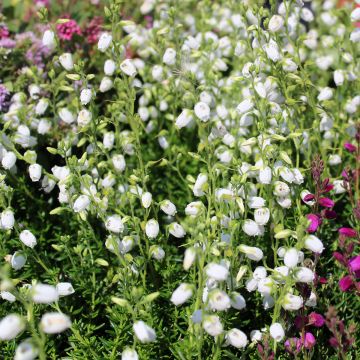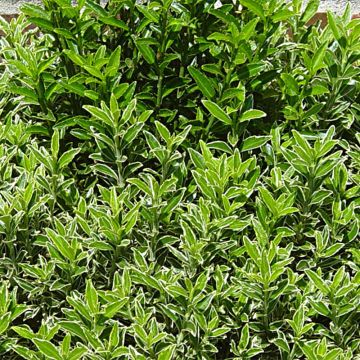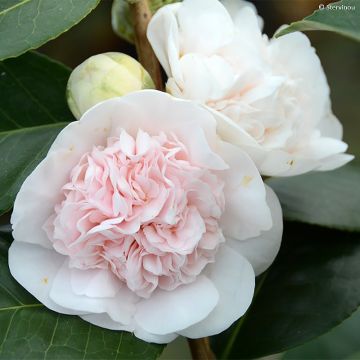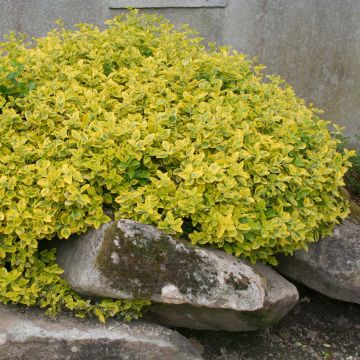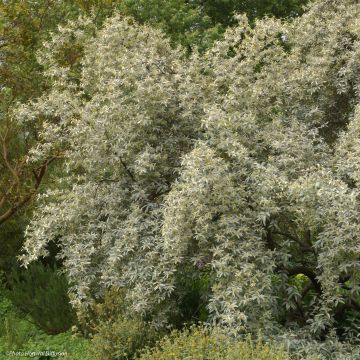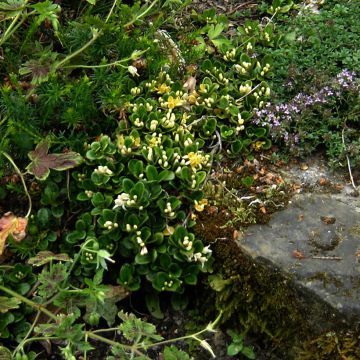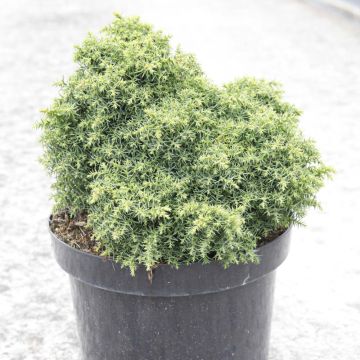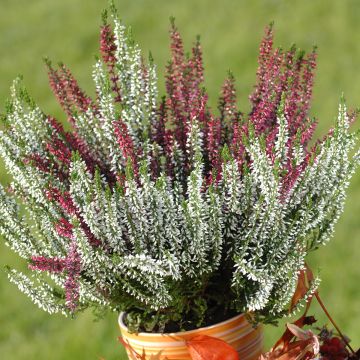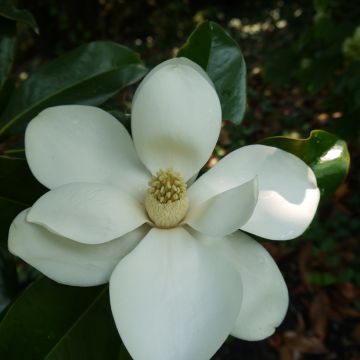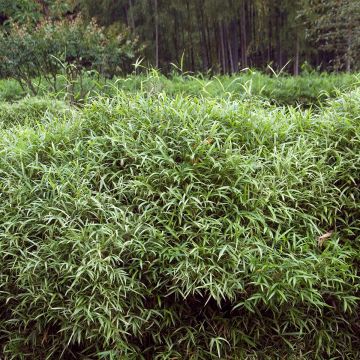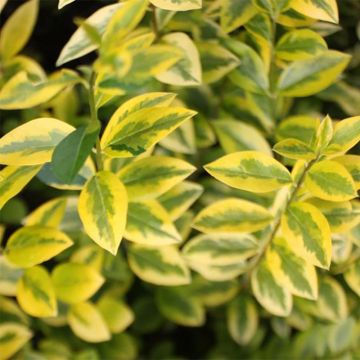Shipping country and language
Your country of residence may be:
Your country of residence is:
For a better user experience on our website, you can select:
Your shipping country:
Andorra
Austria
Belgium
Bulgaria
Canada
Chile
Croatia
Cyprus
Czechia
Denmark
Estonia
Finland
France
Germany
Greece
Hungary
Iceland
Ireland
Italy
Latvia
Lithuania
Luxembourg
Malta
Monaco
Netherlands
Poland
Portugal
Romania
Slovakia
Slovenia
Spain
Sweden
Switzerland
United Kingdom
We only deliver seed and bulb products to your country. If you add other products to your basket, they cannot be shipped.
Language:
French
German
Spanish
English
My Account
Hello
My wish lists
Plantfit
Log in / Register
Existing customer?
New customer?
Create an account to track your orders, access our customer service and, if you wish, make the most of our upcoming offers.
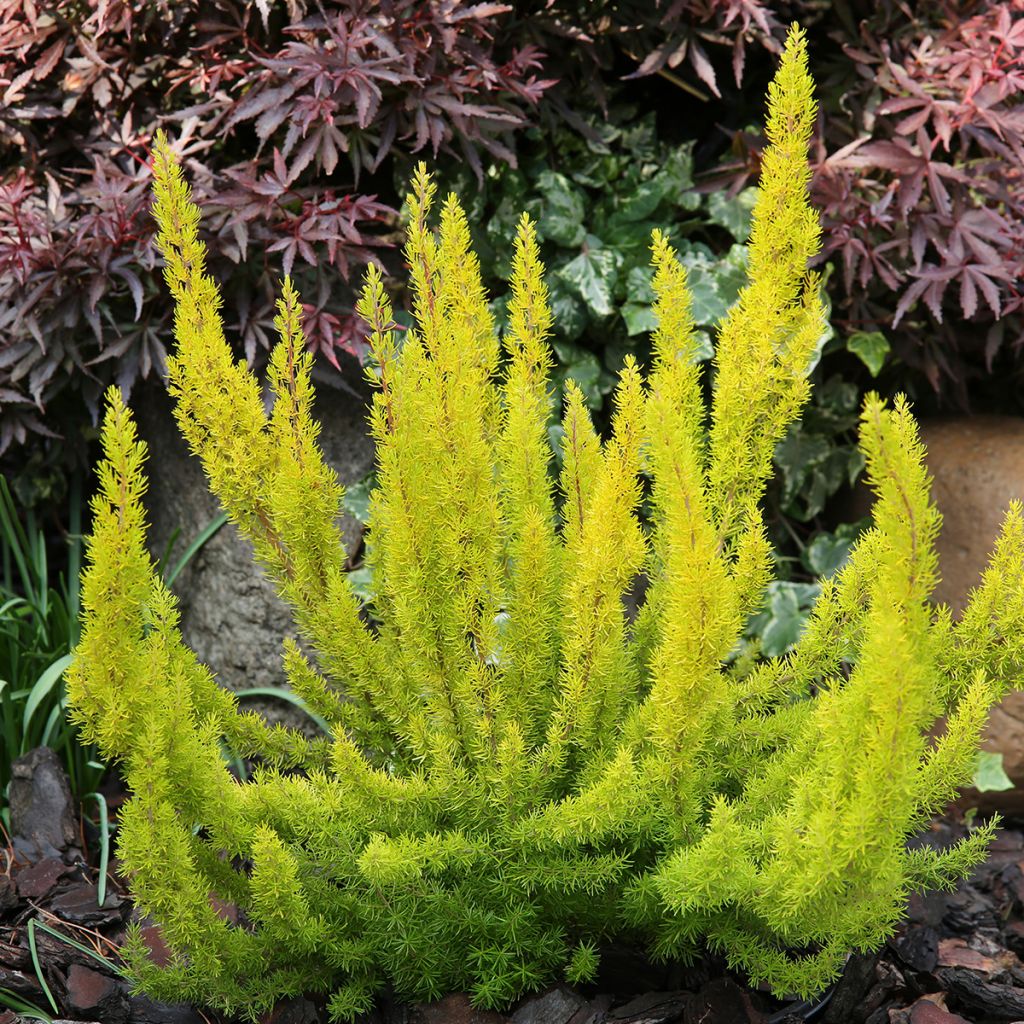

Erica arborea Alberts Gold - Tree Heath
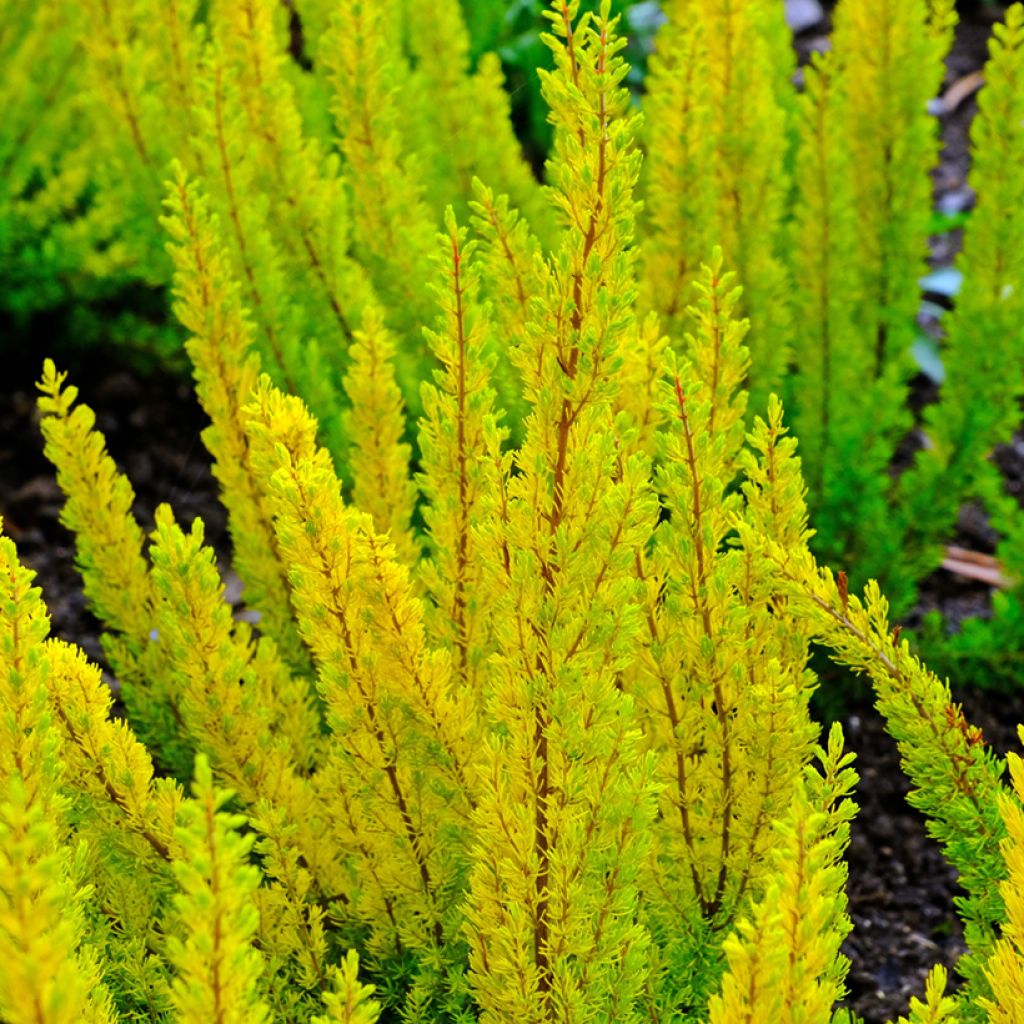

Erica arborea Alberts Gold - Tree Heath
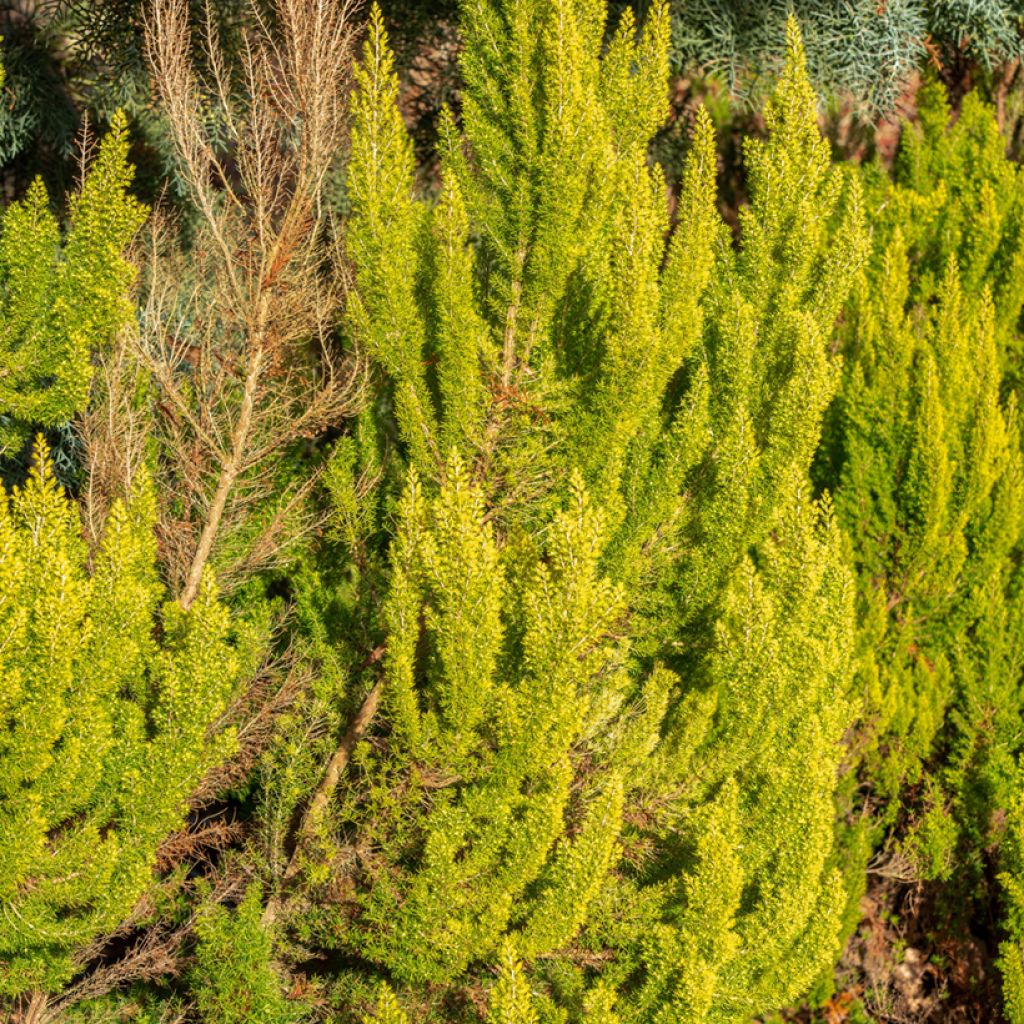

Erica arborea Alberts Gold - Tree Heath
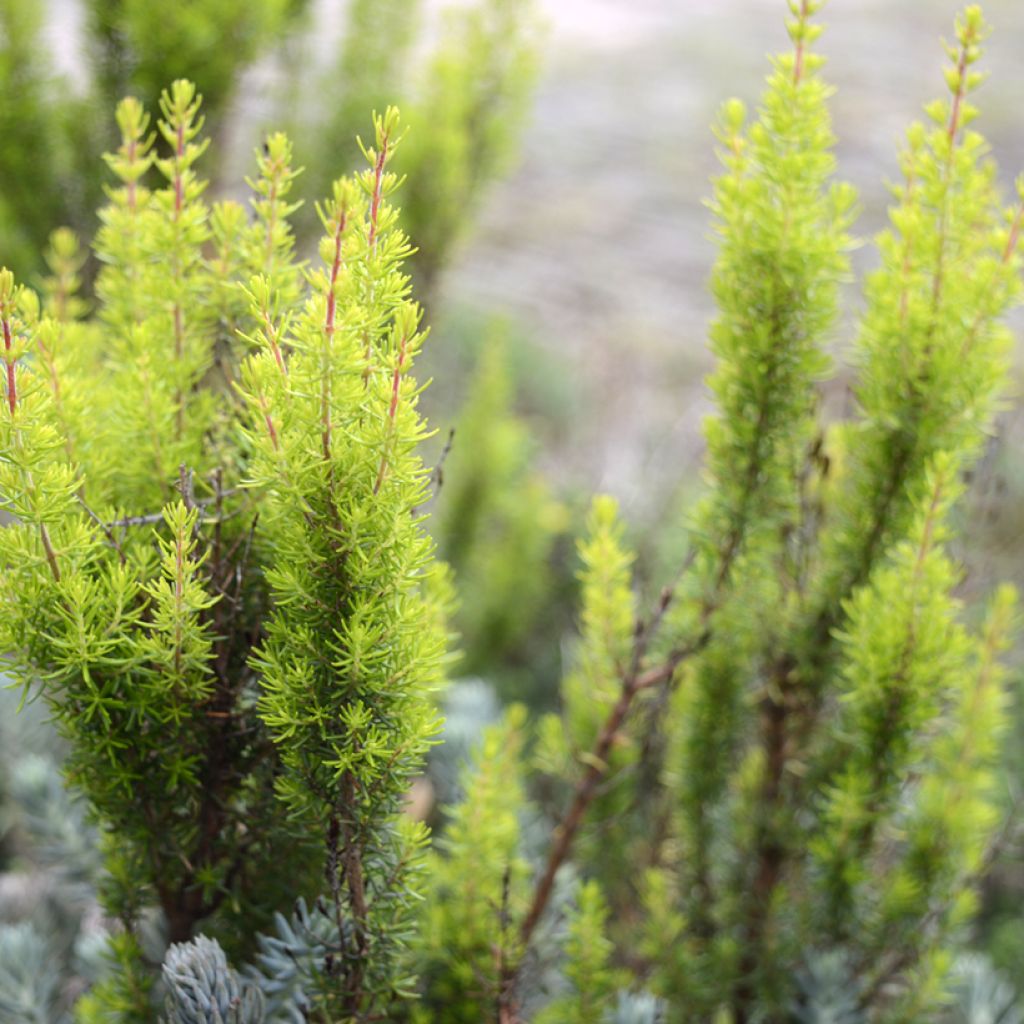

Erica arborea Alberts Gold - Tree Heath
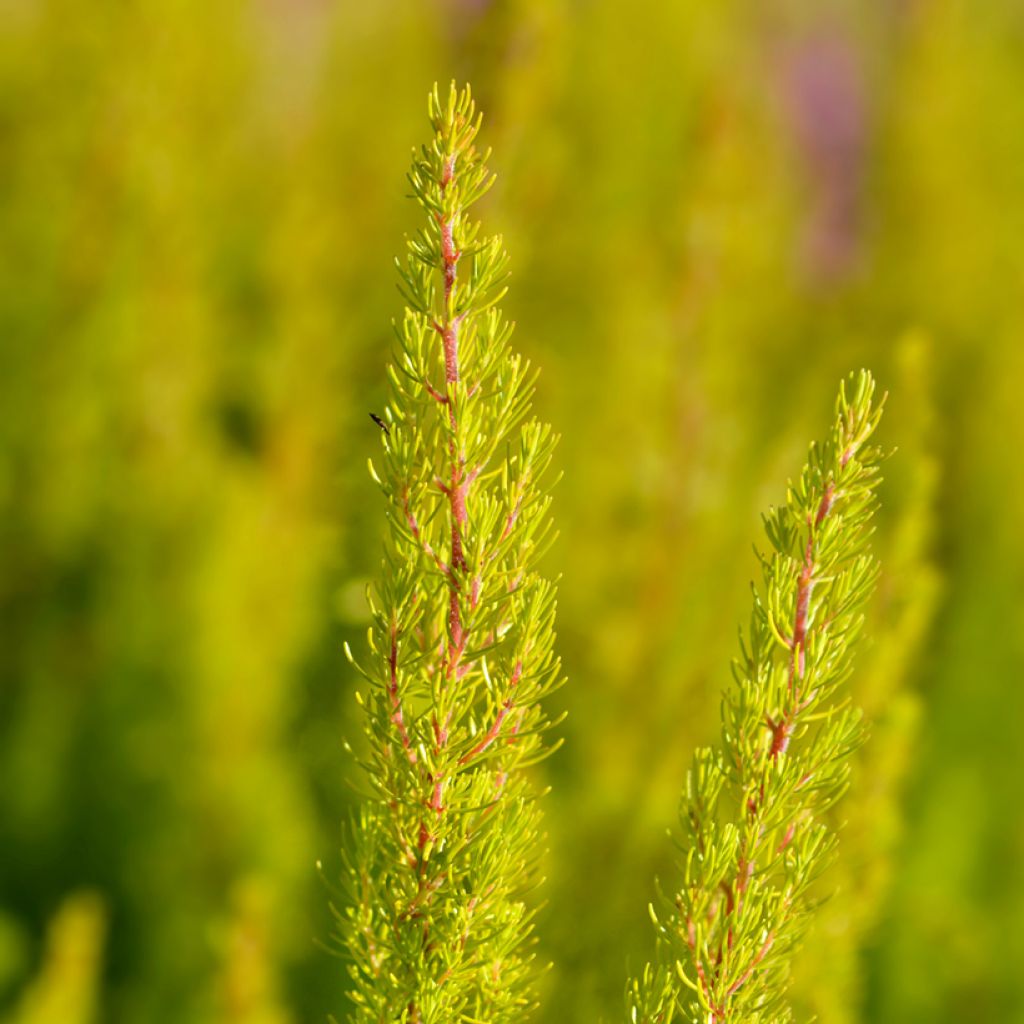

Erica arborea Alberts Gold - Tree Heath
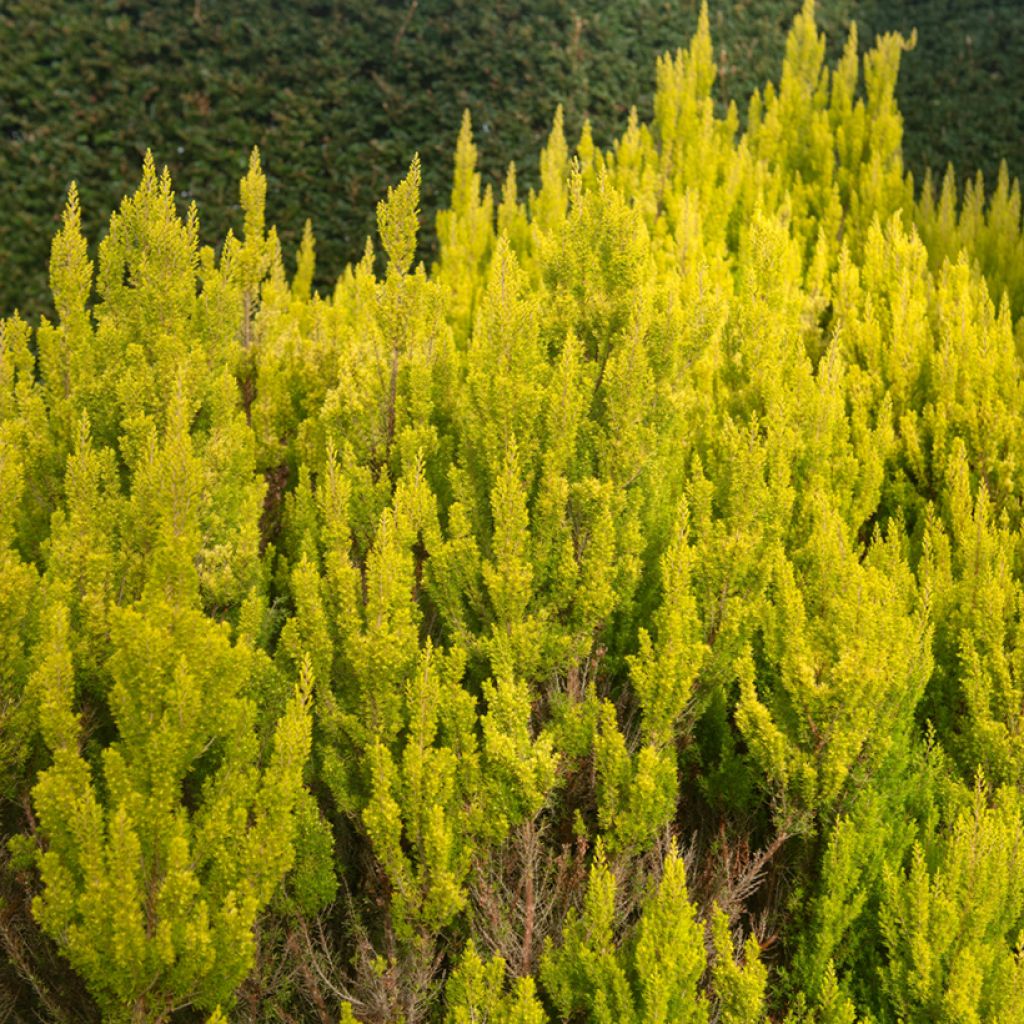

Erica arborea Alberts Gold - Tree Heath
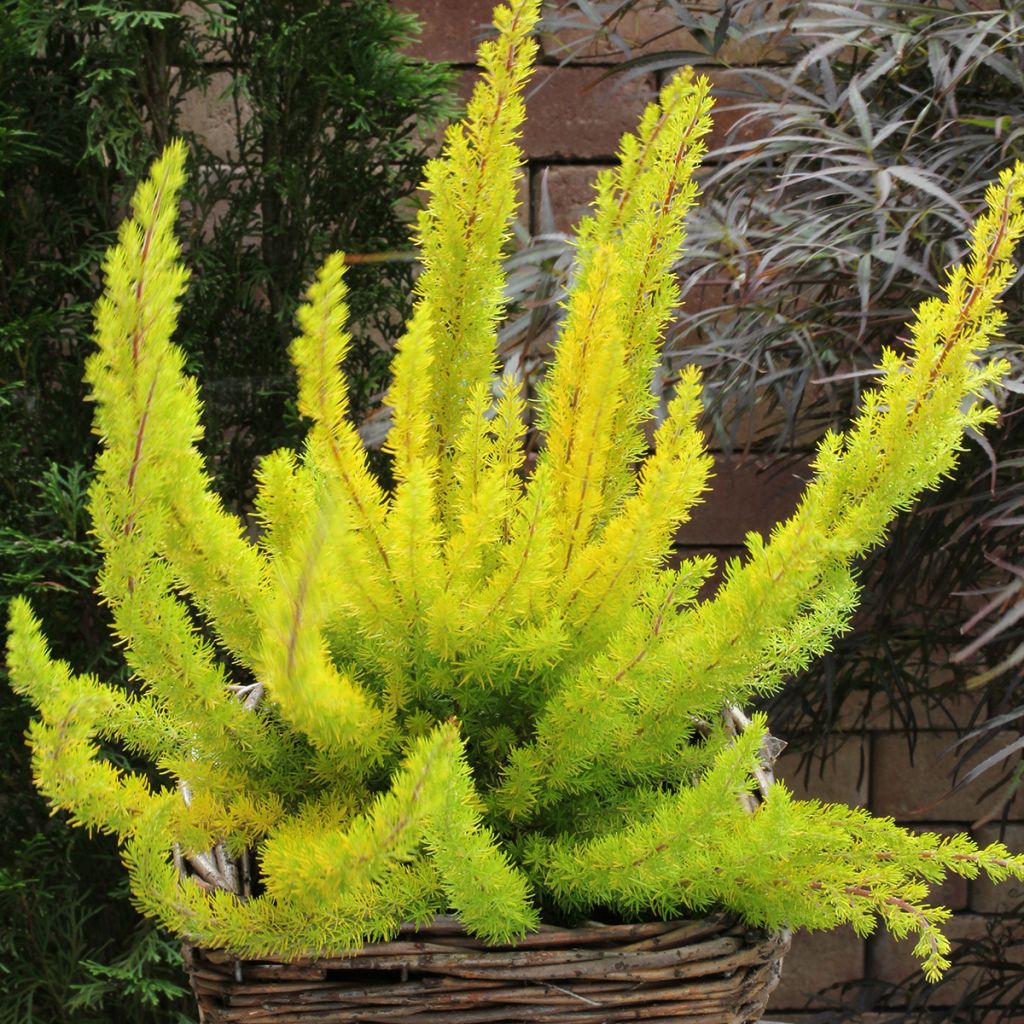

Erica arborea Alberts Gold - Tree Heath
Erica arborea Alberts Gold - Tree Heath
Erica arborea Albert's Gold
Tree Heath, Tree Erica
Why not try an alternative variety in stock?
View all →Order in the next for dispatch today!
Dispatch by letter from €3.90.
Delivery charge from €5.90 Oversize package delivery charge from €6.90.
More information
This item is not available in your country.
Schedule delivery date,
and select date in basket
This plant carries a 24 months recovery warranty
More information
We guarantee the quality of our plants for a full growing cycle, and will replace at our expense any plant that fails to recover under normal climatic and planting conditions.
From €5.90 for pickup delivery and €6.90 for home delivery
Express home delivery from €8.90.
Does this plant fit my garden?
Set up your Plantfit profile →
Description
Erica arborea 'Albert's Gold' is an arborescent heather that is prized for its finely-textured magnificent foliage, which is golden in winter and spring. From early spring, this hardy bush bears subtle clusters of white and honey-rich flowers. It is only slightly vigorous, and is a fairly cold-sensitive variety that does not like wind and sea spray. It thrives in the sun in fairly poor, non-calcareous soils, that are moist to dry in summer. With its wild charm, the arborescent heather integrates perfectly into a large rockery or a small informal hedge.
Erica arborea 'Albert's Gold' is a horticultural selection that is less vigorous than the type. Its young foliage displays a particularly bright yellow colour. Its hardiness is evaluated at -8°C (17.6°F) at the tip for an adult subject, in a sheltered exposure. The wild species from which it originates, called tree heather or white heather, is a shrubby plant from the large Ericaceae family. Its preferred habitat consists of heathland, embankments, and forest edges. It predominantly develops on siliceous soils (rich in sand) that are nutrient-poor.
The 'Albert's Gold' tree heather shows a slow growth rate. The bush has a taller than wide habit, supported by numerous upright and branched stems. Ultimately, this variety reaches approximately 1.8m (6ft) in height with a spread of 70 to 80cm (28 to 32in). Its reddish-brown branches bear tiny non-prickly needle-like leaves throughout the year, including in winter. They are yellow in winter and spring, as well as on new shoots in summer, then become acid green with age. The flower buds form early in late autumn or winter on leafy foliage and open as pure white bells between late March and May. The bush sporadically blooms for 3 months. The small urn-shaped flowers open in clusters measuring 20 to 30cm (8 to 12in) here and there along the branches. They exude a honey fragrance and are extremely popular with bees.
This 'Albert's Gold' shrubby heather is a beautiful plant for mild climates. It forms a remarkable background in a large border. It can also be planted in a small informal hedge. It pairs perfectly with shorter heathers that bloom at the same time in various colours: Erica x darleyensis 'Kramer's Rote', western heather, Erica carnea 'December Red', for example. It will also work wonders in a small hedge with gorse, Teucrium fruticans 'Azureum', or confetti bush, for example. This heather can form, in a group of 3 to 5 subjects, an incredibly bright mass of vegetation.
Erica arborea Alberts Gold - Tree Heath in pictures
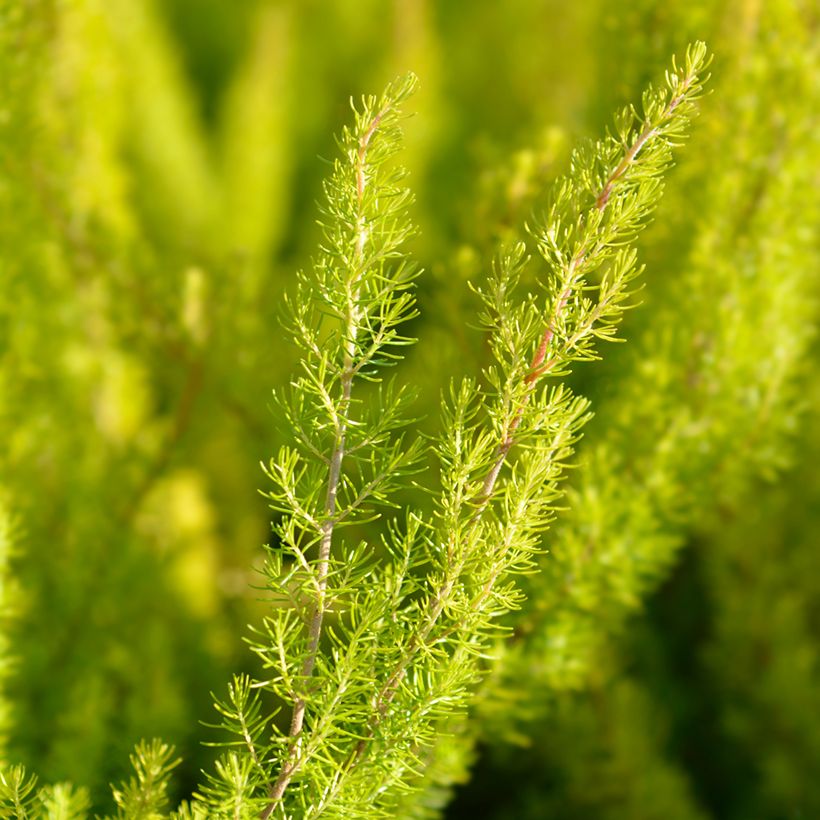



Plant habit
Flowering
Foliage
Botanical data
Erica
arborea
Albert's Gold
Ericaceae
Tree Heath, Tree Erica
Erica arborea var. alpina f. aureifolia 'Albert's Gold'
Cultivar or hybrid
Planting and care
The 'Albert's Gold' tree heather grows in acidic, light, and rather poor soil (similar to ericaceous soil, which is imperative if your soil is not). Plant it in the sun to enhance the golden colour of its foliage. Sandy, non-calcareous soil can also be suitable if enriched with a little leaf compost. It prefers soil that remains slightly moist but well-drained. It can withstand short frosts of around -8°C (17.6°F) once well established in soil that does not retain too much water in winter and sheltered from the wind. Once well rooted, it also tolerates water shortage in summer. It is advisable to plant it in spring to allow it to establish before the arrival of the following winter.
This variety is known to be sensitive to frost, wind, and sea spray.
Planting period
Intended location
Care
This item has not been reviewed yet - be the first to leave a review about it.
Evergreen shrubs
Haven't found what you were looking for?
Hardiness is the lowest winter temperature a plant can endure without suffering serious damage or even dying. However, hardiness is affected by location (a sheltered area, such as a patio), protection (winter cover) and soil type (hardiness is improved by well-drained soil).

Photo Sharing Terms & Conditions
In order to encourage gardeners to interact and share their experiences, Promesse de fleurs offers various media enabling content to be uploaded onto its Site - in particular via the ‘Photo sharing’ module.
The User agrees to refrain from:
- Posting any content that is illegal, prejudicial, insulting, racist, inciteful to hatred, revisionist, contrary to public decency, that infringes on privacy or on the privacy rights of third parties, in particular the publicity rights of persons and goods, intellectual property rights, or the right to privacy.
- Submitting content on behalf of a third party;
- Impersonate the identity of a third party and/or publish any personal information about a third party;
In general, the User undertakes to refrain from any unethical behaviour.
All Content (in particular text, comments, files, images, photos, videos, creative works, etc.), which may be subject to property or intellectual property rights, image or other private rights, shall remain the property of the User, subject to the limited rights granted by the terms of the licence granted by Promesse de fleurs as stated below. Users are at liberty to publish or not to publish such Content on the Site, notably via the ‘Photo Sharing’ facility, and accept that this Content shall be made public and freely accessible, notably on the Internet.
Users further acknowledge, undertake to have ,and guarantee that they hold all necessary rights and permissions to publish such material on the Site, in particular with regard to the legislation in force pertaining to any privacy, property, intellectual property, image, or contractual rights, or rights of any other nature. By publishing such Content on the Site, Users acknowledge accepting full liability as publishers of the Content within the meaning of the law, and grant Promesse de fleurs, free of charge, an inclusive, worldwide licence for the said Content for the entire duration of its publication, including all reproduction, representation, up/downloading, displaying, performing, transmission, and storage rights.
Users also grant permission for their name to be linked to the Content and accept that this link may not always be made available.
By engaging in posting material, Users consent to their Content becoming automatically accessible on the Internet, in particular on other sites and/or blogs and/or web pages of the Promesse de fleurs site, including in particular social pages and the Promesse de fleurs catalogue.
Users may secure the removal of entrusted content free of charge by issuing a simple request via our contact form.
The flowering period indicated on our website applies to countries and regions located in USDA zone 8 (France, the United Kingdom, Ireland, the Netherlands, etc.)
It will vary according to where you live:
- In zones 9 to 10 (Italy, Spain, Greece, etc.), flowering will occur about 2 to 4 weeks earlier.
- In zones 6 to 7 (Germany, Poland, Slovenia, and lower mountainous regions), flowering will be delayed by 2 to 3 weeks.
- In zone 5 (Central Europe, Scandinavia), blooming will be delayed by 3 to 5 weeks.
In temperate climates, pruning of spring-flowering shrubs (forsythia, spireas, etc.) should be done just after flowering.
Pruning of summer-flowering shrubs (Indian Lilac, Perovskia, etc.) can be done in winter or spring.
In cold regions as well as with frost-sensitive plants, avoid pruning too early when severe frosts may still occur.
The planting period indicated on our website applies to countries and regions located in USDA zone 8 (France, United Kingdom, Ireland, Netherlands).
It will vary according to where you live:
- In Mediterranean zones (Marseille, Madrid, Milan, etc.), autumn and winter are the best planting periods.
- In continental zones (Strasbourg, Munich, Vienna, etc.), delay planting by 2 to 3 weeks in spring and bring it forward by 2 to 4 weeks in autumn.
- In mountainous regions (the Alps, Pyrenees, Carpathians, etc.), it is best to plant in late spring (May-June) or late summer (August-September).
The harvesting period indicated on our website applies to countries and regions in USDA zone 8 (France, England, Ireland, the Netherlands).
In colder areas (Scandinavia, Poland, Austria...) fruit and vegetable harvests are likely to be delayed by 3-4 weeks.
In warmer areas (Italy, Spain, Greece, etc.), harvesting will probably take place earlier, depending on weather conditions.
The sowing periods indicated on our website apply to countries and regions within USDA Zone 8 (France, UK, Ireland, Netherlands).
In colder areas (Scandinavia, Poland, Austria...), delay any outdoor sowing by 3-4 weeks, or sow under glass.
In warmer climes (Italy, Spain, Greece, etc.), bring outdoor sowing forward by a few weeks.
